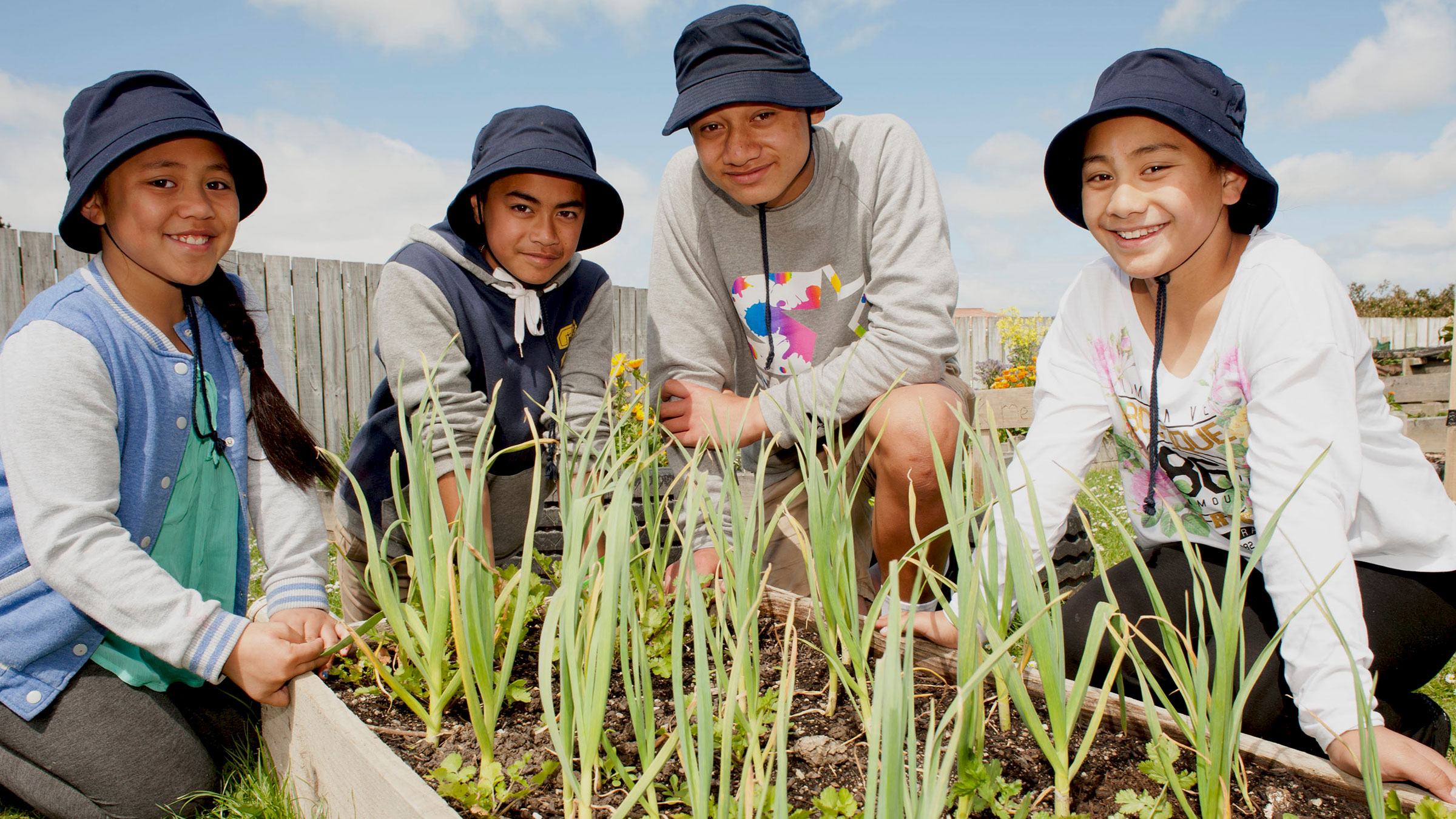Strand D: Healthy Communities and Environments
Learning in this strand focuses on the interdependence of ākonga, their communities, society, and the environment.

About Strand D: Healthy Communities and Environments
Ākonga identify physical and social influences in the classroom, the school, the family, and society that promote individual, group, and community wellbeing. They develop understanding of their responsibilities to their communities and come to recognise the benefits that they can experience from participating actively as community members. Ākonga are encouraged to identify inequities, make changes, and contribute positively, through individual and collective action, to the development of healthy communities and environments.
This strand has four achievement aims:
- Societal attitudes and values
Find out how societal attitudes, values, beliefs, and practices affect wellbeing. - Community resources
Identify the functions of resources and services that support wellbeing, find out about their availability, and identify the roles of individuals and groups that contribute to them. - Rights, responsibilities, and laws
Understand the rights and responsibilities, laws, policies, and practices that relate to people’s wellbeing. - People and the environment
Understand the interdependence between people and their surroundings and use this understanding to help create healthy environments.